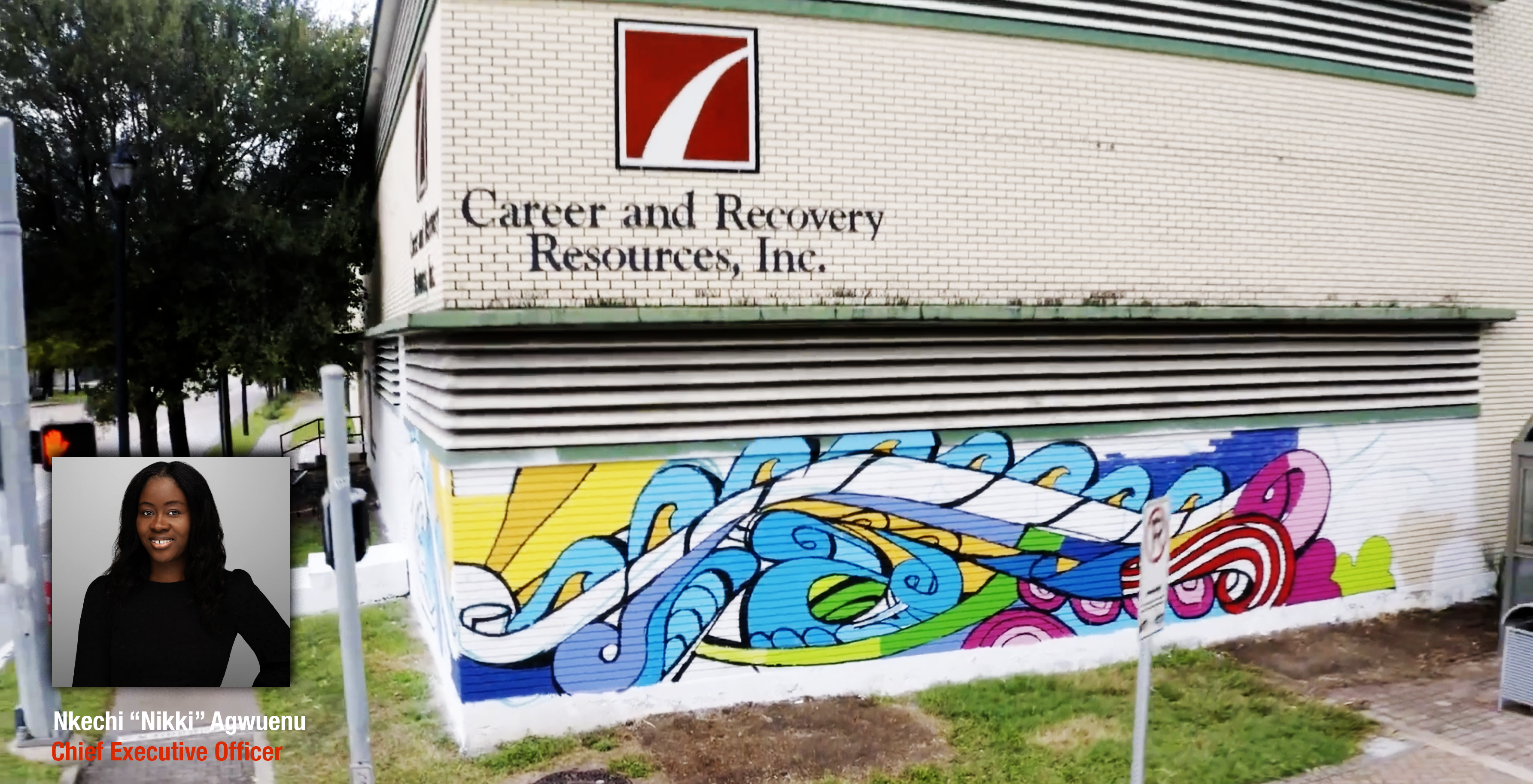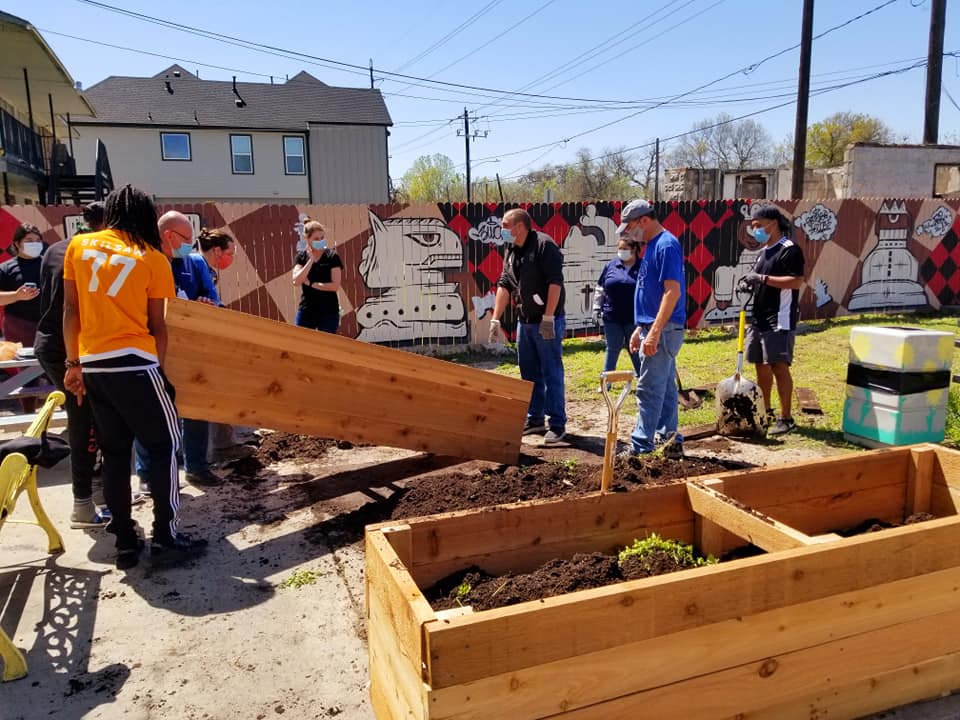Every youth living on the streets has a heart breaking story to tell. It could be an alcoholic dad, narcotic friends, rejection by parents, heart breaks or lack of emotional support.
DEFINITION OF YOUTH HOMELESSNESS
Youth aged 12 and older up to 24 years, without any family support fall into the category of Homeless Youth. They could be living on the streets, shelters, cars , and vacant buildings. Underlying main cause of teenage homelessness is physical, emotional, or sexual abuse from parents or guardians.
STATISTICS AND DEMOGRAPHICS
Studies done at “National Conference of State Legislatures” have shown that:
- One in seven young people between the ages of 10 and 18 will run away
- 75 percent of runaways are female
- Estimates of the number of pregnant homeless girls are between 6 and 22 percent
- Between 20 and 40 percent of homeless youth identify as Gay, Lesbian, Bisexual, Transgender or Questioning (GLBTQ)
- 75 percent of homeless or runaway youth have dropped out or will drop out of school
REASONS FOR GROWING NUMBERS OF YOUTH HOMELESSNESS
1- Family Breakdown
One of the biggest patrons of teen homelessness is family issues. Likewise, some parents reject their children on a basis of their sexual orientation or early pregnancy.
2- Economic Problems
A child can run away from home as a result of myriad of reasons such as teen pregnancy, family conflicts, substance abuse and difficulties at school. On the other hand, youths who do not have access to proper education or jobs face economic problems and fall for other vices to heal themselves.
3- Transition from Foster Care and other Public Institutions
As a result of limited education, zero emotional support and no life skills, almost half of the adolescents aging out of foster care face homelessness within few months.
4- Substance Abuse
Meanwhile, one of the leading causes of youth homelessness continues to be substance addiction. Young children get access to drugs and alcohols through friends in the school which leads to addiction.
5- Exploitation and Violence
About 25% of homeless children have faced physical and emotional exploitation and violence from the parents.
CONSEQUENCES OF LIFE ON THE STREETS FOR HOMELESS AND RUN-AWAY YOUTH
1- Severe anxiety and depression
Children and youth face the repercussion of severe anxiety and depression as a result of lack emotional and social support.
2- Sexual exploitation
That is to say, most of the young homeless exchange sex for food and a secure place to sleep.
3- Difficulty attending schools
Lack of financial support makes it certainly challenging for young homeless students to continue their education.
4- Lack of Employment
As the young kids were unable to complete their education, consequently homelessness occurs at such an unexpected age.
5- Lack of access to health care
The youth living on the streets do not have access to health care and medications, therefore more sensitivity to diseases and illnesses.
PREVENTING YOUTH HOMELESSNESS
Intervention at a premature stage can aid in preventing homelessness. In other words, we can keep an eye on our neighbors, friends and family members who are exploiting or abusing their children. We can save families from disintegrating and children becoming destitute.
Here are the ways to prevent Youth Homelessness:
1- Strengthening Family Relationships
A loving home is less likely to have run-away kids. For instance, we can all learn better ways to connect with teenage kids.
Above all, the government should constantly work towards strengthening the righteousness of its nationals through numerous procedures.
2- Comprehensive transition planning from foster care to real world
A distinct majority of children face homelessness during the transition from a foster care to the real world. Consequently, without any economic, moral, or emotional support, they have a hard time in survival.
3- Ensuring education and employment opportunities
The greatest challenge youth face as homeless is a lack of ability of continue education or find a job. That is to say, they are unemployable as they lack education and skills.
4- Philanthropy
Above all, mobilizing all philanthropic efforts through public, private, and non-profit sectors can impact youth homelessness.




